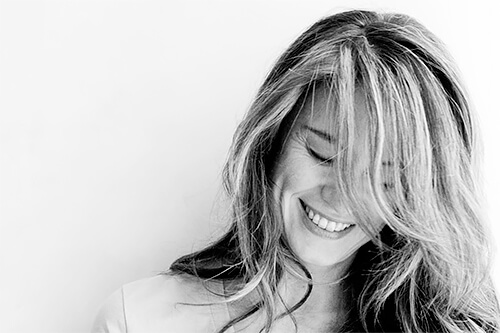She was born in Bassano del Grappa, Italy, 1970. After finishing her studies in Venice, she teamed her work as an architect with her passion for Photography, making it her main expression medium. Monia currently works as a freelance photographer, her work is focused on fashion, including prestigious collaborations with famous brands. Her photos find inspiration in literature, poetry and her most inner feelings. They are means of creation, research and development of a work which undergoes a constant evolution, as well as being a way to represent, through fragile feminine bodies, the artist's search of herself.
Source: www.moniamerlophotographer.com
All the work of Italian photographer Monia Merlo is a feast for the eye: magical lighting, vulnerable intensely pale female bodies in a silent floral dreamscape. Sensuous and physical, yet innocent. Mystical femininity which verges on the sacred. It’s so beautiful you could almost drown in it. A view shared by many, since she has now collaborated with a number of prestigious fashion labels. Her work has been published in various international magazines including Italian
Vogue, and has been displayed in leading galleries such as
Art + Commerce in New York and
Sakura Gallery in Paris. This is all the more remarkable when you consider that Monia only started working as a photographer 5 years ago.
Monia’s work focuses on fashion and flowers. She uses only natural light, bringing out the contours and detail more beautifully and making her photographs resemble paintings. She finds her inspiration in literature, poetry and the idealised femininity of the Pre-Raphaelite movement. A period which is currently enjoying increasing popularity amongst the creative elite and trendsetters. She likes to use romantic flowers in delicate colours with an air of vulnerability, such as blossom, fragile roses and daisies.
Source: The Green Gallery
